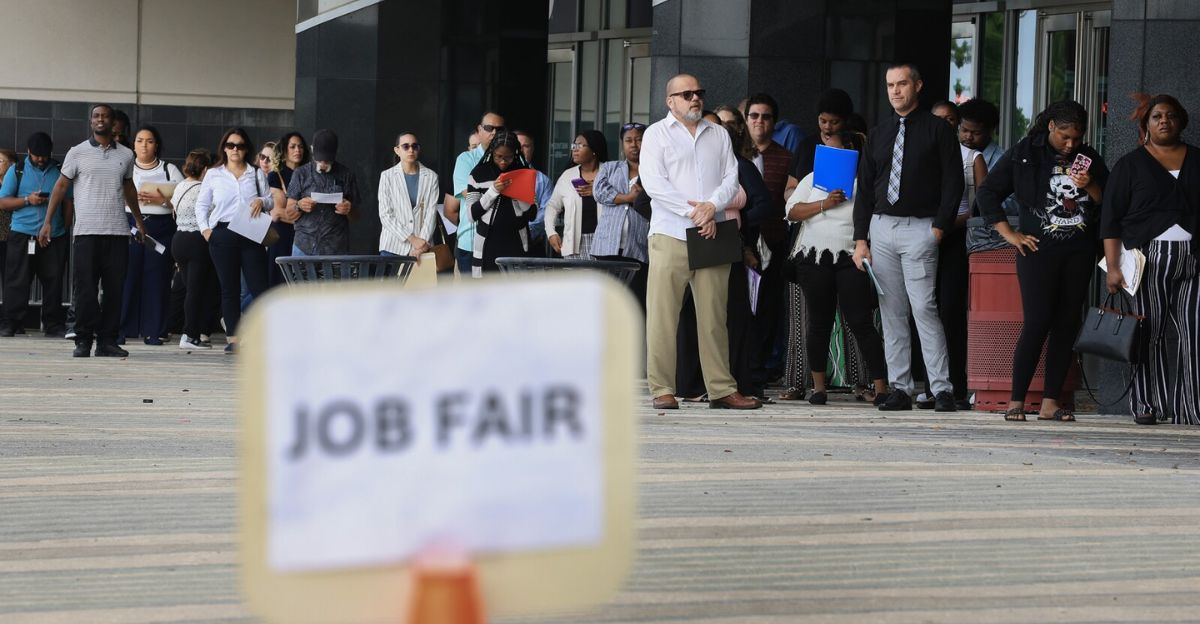
The U.S. has long led the world in tourism dollars, but that lead is fading fast. According to new research from the World Travel & Tourism Council (WTTC) and Oxford Economics, international visitors will spend just $169 billion in the U.S. this year—down from $181 billion in 2024, and 22.5% below the 2019 peak of $217.4 billion. America is now the only country among 184 studied to face a decline in 2025.
Vanishing Paychecks

This slump isn’t just a number; it means real people losing work. Commerce Department data reviewed by NBC News shows the 2017–18 drop in international travel wiped out around 40,000 jobs and drained $4.6 billion from hotels, restaurants, and transport services. Cities like New York and Los Angeles were hit hardest during what experts called the “Trump slump.” Now, analysts warn this year could bring even deeper losses as old patterns return.
The Cost of Closed Doors
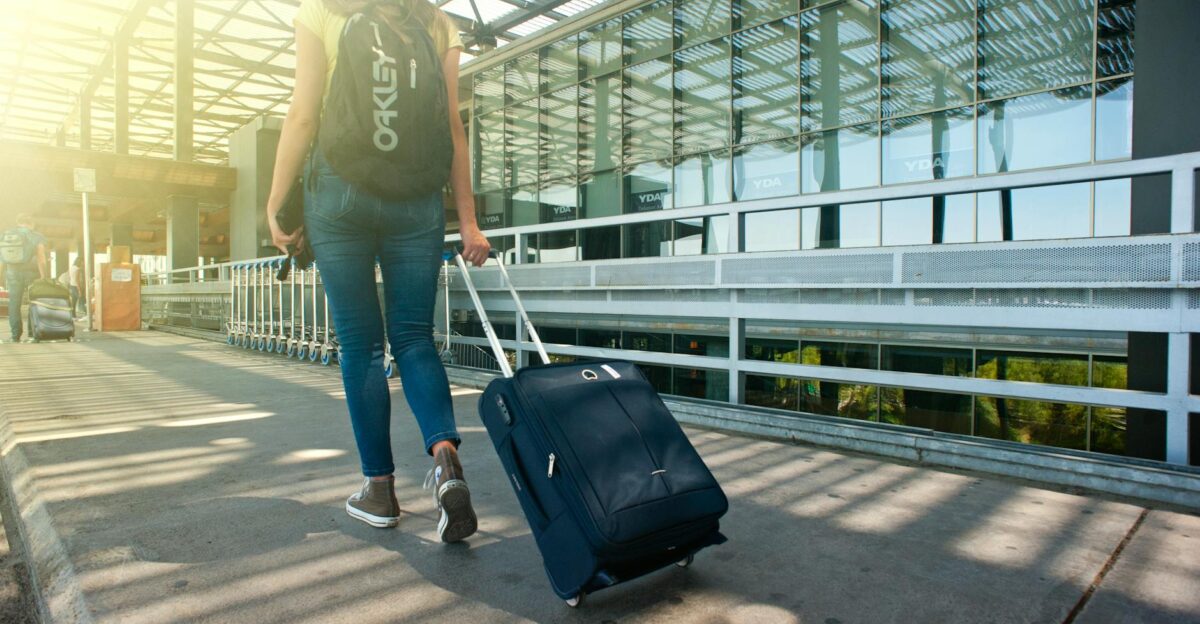
Economists point to tighter visa rules, travel bans, and political rhetoric as key reasons for the slowdown. Oxford Economics had expected 9% growth in international arrivals for 2025 but now predicts an 8.2% drop, a 17.2-point swing. Tourists face long waits and new fees, including a $250 “visa integrity fee.” WTTC President Julia Simpson says while other countries welcome travelers, the U.S. is putting up a “closed” sign.
Missing Millions

The drop continues. Oxford Economics expects an 8.2% full-year decline in international overnight arrivals to the U.S. Canadian travel is falling fastest, with land crossings down 28.0% and air arrivals 13.3% year-to-date. Canada, the U.S.’s top tourism source, has seen travel fall more than 20%, according to Tourism Economics. And because international visitors spend more than domestic ones, each lost arrival carries serious economic weight, says the U.S. Travel Association.
Trump Shrugs Off Tourism Concerns

In April, Donald Trump dismissed concerns over the drop in international tourism. “It’s not a big deal,” he told reporters in the Oval Office, responding to questions about declining visitor numbers. He attributed the trend to “a little nationalism” before veering off to talk about the dollar and tractors. Meanwhile, reports of foreign travelers being detained at U.S. entry points continue to circulate globally, worsening America’s image.
$29 Billion in Danger

Here’s the heart of it: the U.S. could lose between $25 and $29 billion in international visitor spending this year. WTTC forecasts a $12.5 billion drop, and Tourism Economics adds an $8.5 billion decline. But that’s not all. Tourism Economics originally expected a $16.3 billion gain, so factoring in missed growth, the full shortfall hits $29 billion. Among 184 countries analyzed, only the U.S. is projected to see a decline.
Canada’s Cold Shoulder
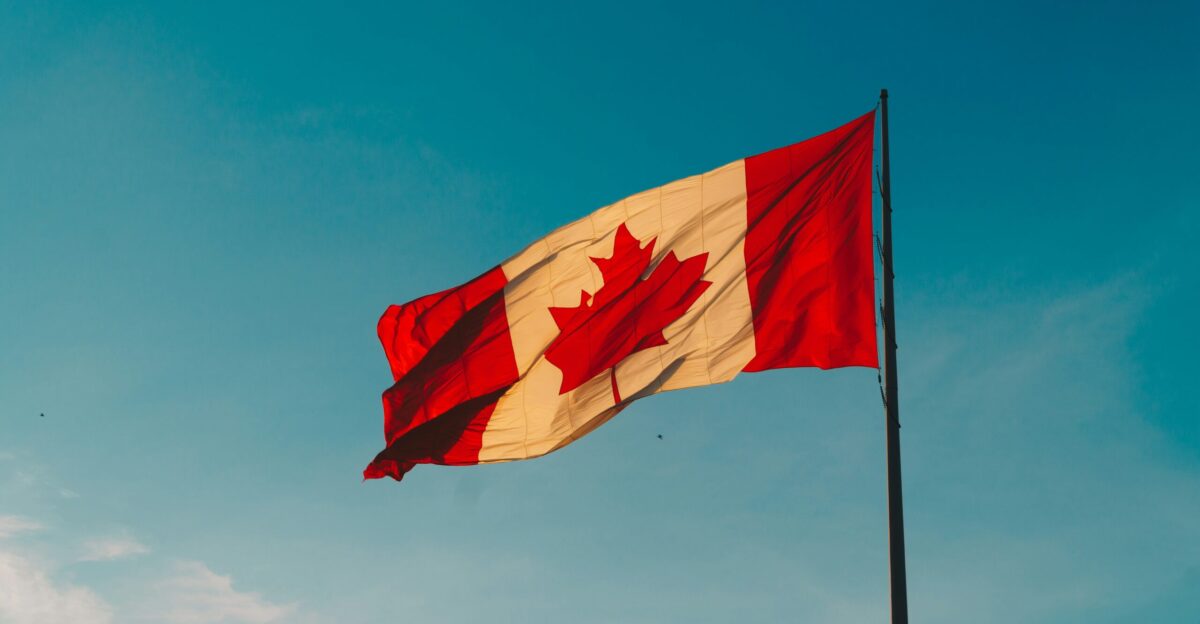
Cross-border travel from Canada to the U.S. is falling fast. In May, car crossings dropped 38% year-over-year, with air travel down 24% in the same period. Retailers in border towns like those in Michigan are already seeing fewer Canadian shoppers, signaling that the economic impact is spreading quickly.
New York City Feels the Squeeze
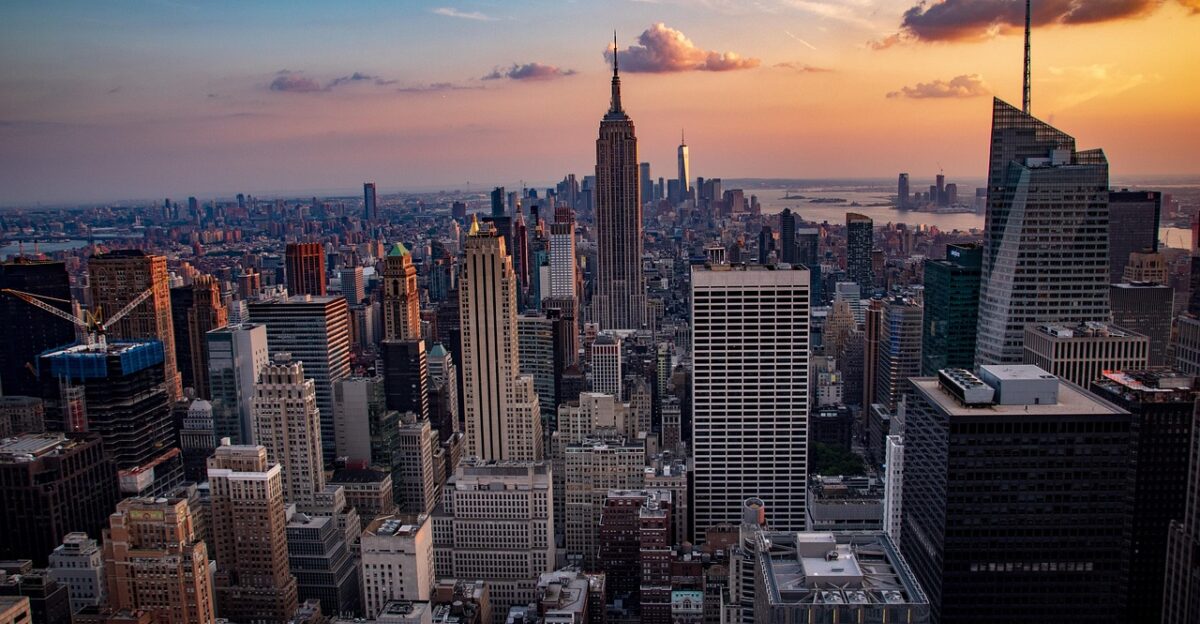
New York City is preparing for a $4 billion hit to tourism revenue in 2025, after officials lowered projections by 3.5 million visitors. A 17% drop in international arrivals is driving the shortfall. Although foreign tourists make up just 20% of foot traffic, they contribute nearly half of total spending. The decline is already affecting workers across the city, from Broadway ushers to hotel staff and gift shop clerks.
Orlando’s Tourist Boom Slows

Orlando saw 75.3 million visitors last year, but momentum is fading even as a major new theme park opens. Visit Orlando reports that international visits are still below pre-pandemic levels, and local businesses near key attractions say restaurant sales are sharply down. IMPLAN economic modeling warns that if international tourism drops by another 10%, up to 50,000 U.S. restaurant jobs could be lost, affecting hospitality workers nationwide.
America Turns Down the Volume
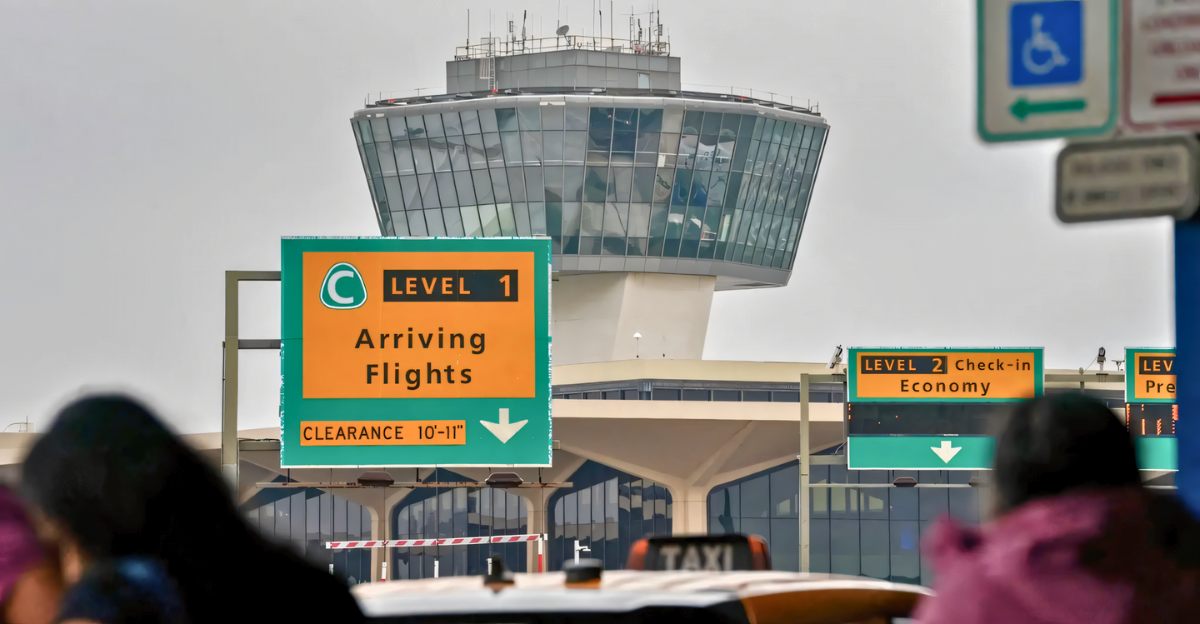
Just when global tourism promotion is most needed, Congress cut Brand USA’s funding by 80%, from $100 million to $20 million for 2025. CEO Fred Dixon says this move weakens campaigns tied to major events like the 2026 FIFA World Cup and America 250. Analysts say each $1 Brand USA spends brings in $20 to the economy. The $80 million cut could mean $1.6 billion in missed economic returns
Other Countries Step Up

As the U.S. slashes tourism funding, global rivals are stepping up. Saudi Arabia is investing $800 billion to attract 150 million visitors by 2030, while France and Spain break spending records and launch major campaigns. Global visitor spending is projected to hit $2.1 trillion in 2025, yet the U.S. is falling behind. Experts warn that without renewed investment, America risks losing jobs, revenue, and its long-held leadership in the booming global tourism market.
Small-Business Ripple Effect
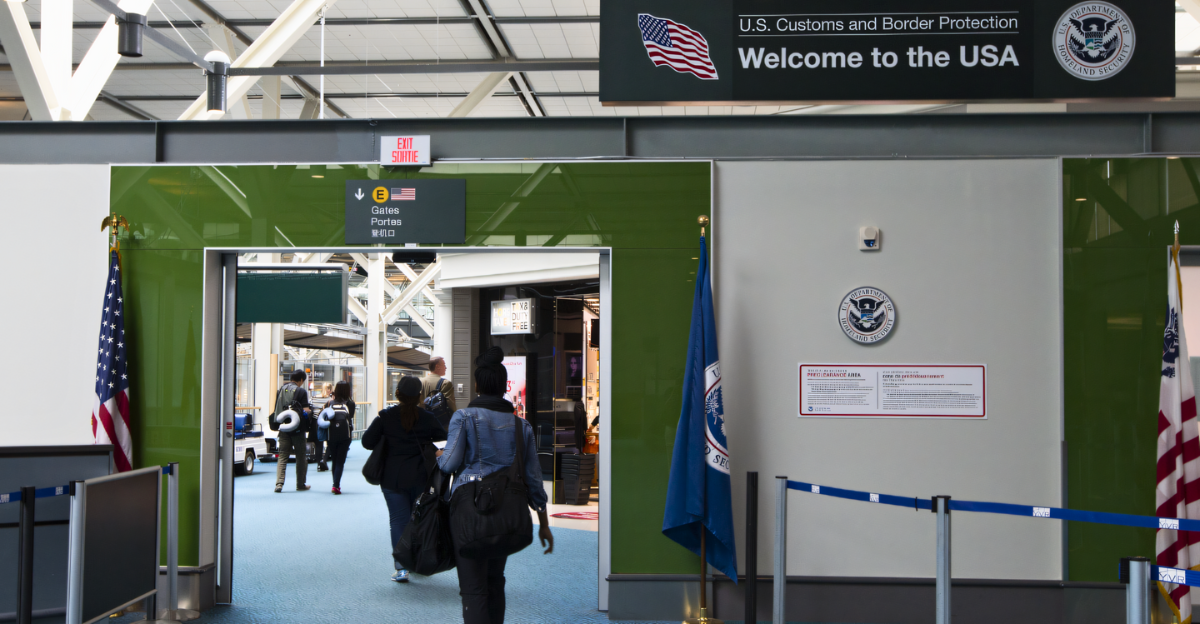
A 10% drop in foreign visits could erase $23 billion in U.S. GDP and cost 230,000 jobs, according to IMPLAN data. Restaurants and hotels would be hit hardest, but losses would ripple through gyms, breweries, laundromats, gas stations, and ad agencies—businesses that thrive on local tourist dollars. As international foot traffic fades, small-town economies across America may feel the sharpest sting.
Cross-Border Chills
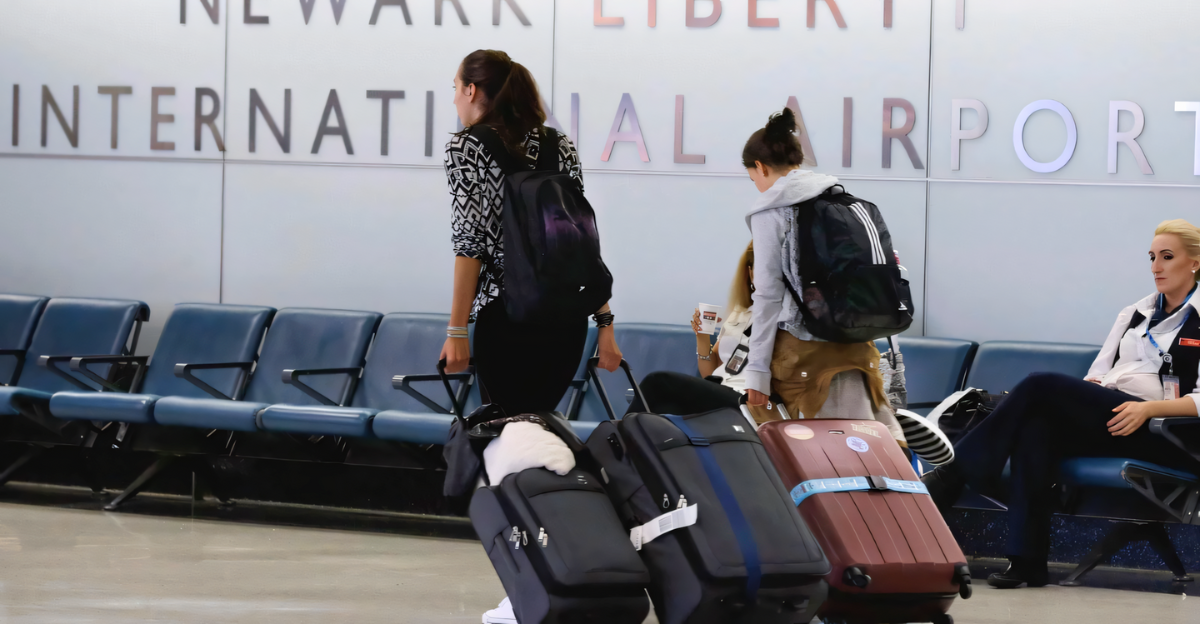
Summer 2025 bookings from Canada to the U.S. are down more than 70%, cutting 320,000 airline seats. Carriers like WestJet are shifting planes to Europe and Mexico instead. Critics blame U.S. tariffs, with #BuyCanadian trending. Environmental groups warn that long-haul rerouting adds up to 17% more CO₂ per passenger, offsetting domestic green gains. Canadian tourism groups say travel tensions are worsening fast.
Visa Costs & Wait-Time Crunch

Starting October, most visa applicants must pay a new $250 “Visa Integrity Fee,” on top of existing costs. For families from Brazil or India, that’s $1,000 extra. Meanwhile, visa interview wait times exceed 8–9 months in major cities. One missed appointment triggers a 120-day lockout. These delays and fees are pricing out middle-class travelers, and pushing tourists to other destinations.
Business Travel’s Missing Billions
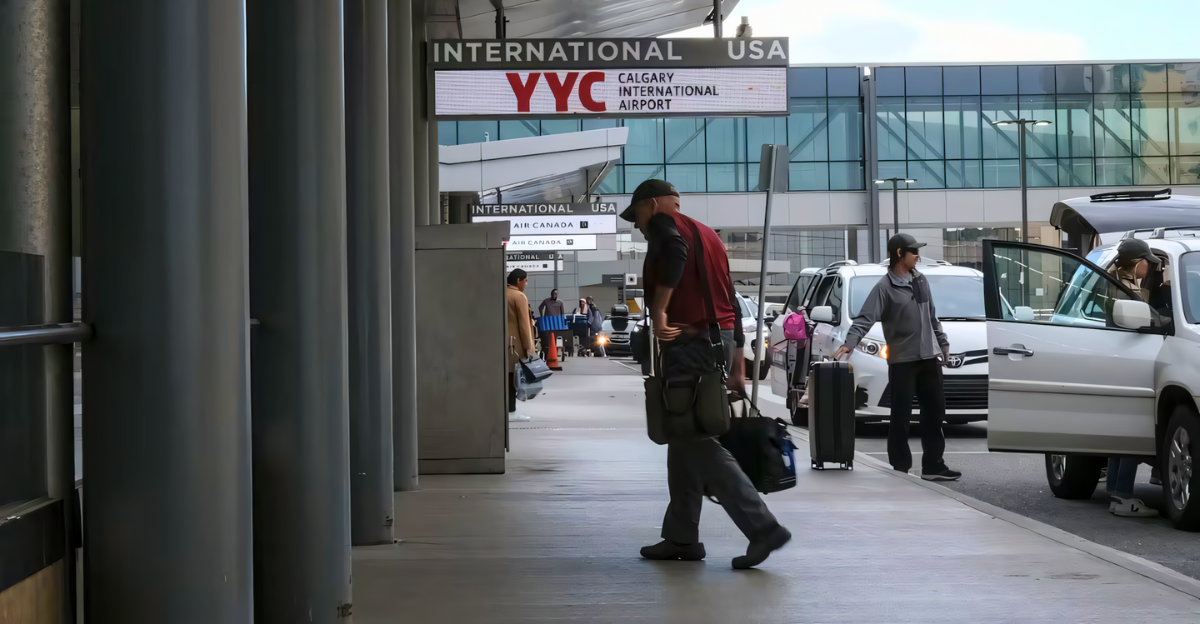
U.S. corporate travel spending remains $66 billion below 2019 levels when adjusted for inflation. A joint GBTA–ASTA study shows that even modest boosts to T&E budgets could unlock $2.4 trillion in sales. McKinsey research finds companies that invest in in-person meetings recover faster and grow stronger. The longer travel budgets remain frozen, the more opportunity gets left on the table.
Climate Trade-Offs
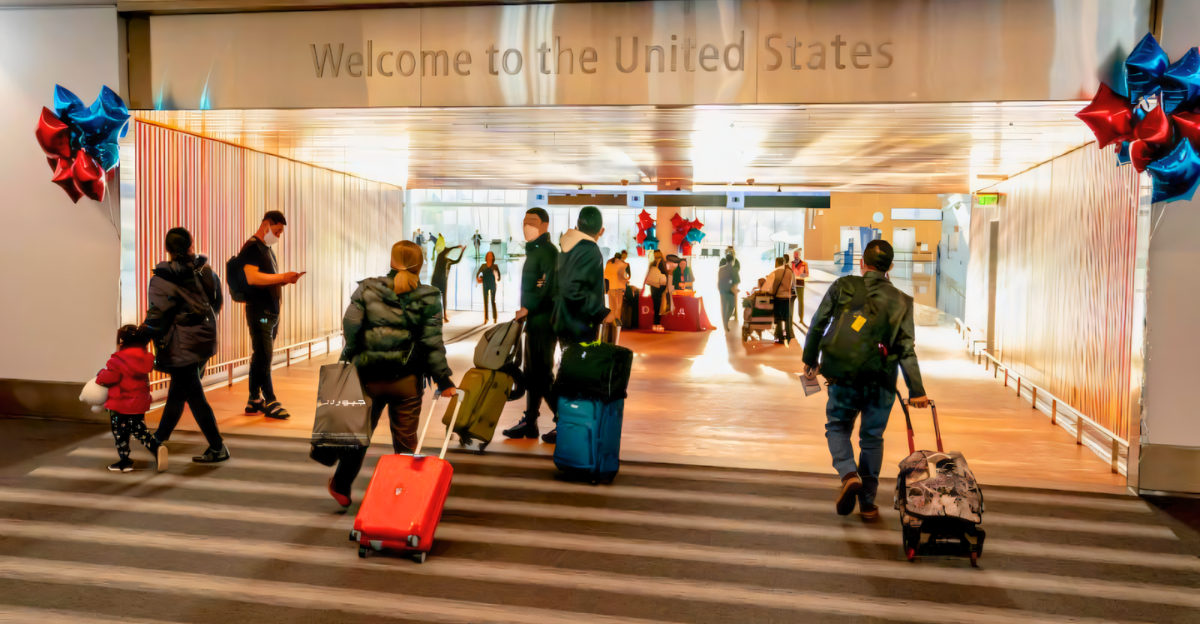
U.S.-bound Canadian travel dropped 20.2% in March, and foreign arrivals overall fell 11.6%. As tourists reroute to longer-haul destinations, emissions rise—by about 0.15 tonnes of CO₂ per traveler, per ICCT data. Environmental groups warn U.S. policy choices like visa hikes may be backfiring by nudging travelers toward high-emission trips, undercutting efforts to meet North American climate goals.
Industry Demands Action

Travel leaders are stepping up. The Visit U.S. Coalition urges Congress to restore full Brand USA funding and cut visa delays. Roger Dow, former U.S. Travel Association president, stresses inbound tourism is vital for GDP growth. So far, about 4,200 advocates have contacted lawmakers, pushing for quicker visa processing and better marketing support to help the struggling travel sector regain momentum.
What Experts Suggest

Economists warn visa waits over a year act as a travel ban. Reducing waits below 30 days could bring 2.2 million visitors and $5.2 billion in just six months. The WTTC calls for urgent restoration of international marketing funds to stop a projected $12.5 billion drop in 2025 visitor spending. Oxford Economics warns the U.S. risks losing 1.5 percentage points of global market share by 2026 without change.
The Next Move Is America’s

The America 250 celebrations, the 2026 FIFA World Cup, and the 2028 LA Olympics could bring tens of billions in visitor spending. But this potential depends on fixing visa delays and restoring Brand USA’s budget. Without action, the $25–$29 billion visitor spending shortfall forecast for 2025 might be just the start of a much longer downturn.
